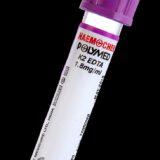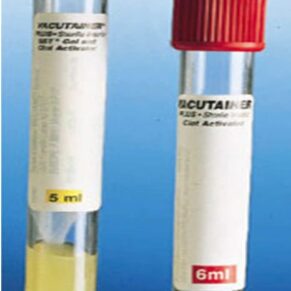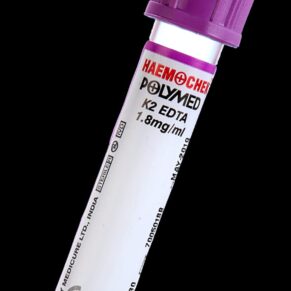- Your cart is empty
- Continue shopping
Shop
PERIPHERAL BLOOD SMEAR[MANUAL COUNT]
Peripheral Blood Smear
A peripheral blood smear (PBS) test is a technique healthcare providers use to examine your red and white blood cells and your platelets under a microscope. Your healthcare provider may order a peripheral blood smear along with a complete blood count (CBC).
What is a peripheral blood smear test (PBS)?
A peripheral blood smear test is a technique healthcare providers use to examine your red and white blood cells and your platelets. Unlike some blood tests that are analyzed by a machine, healthcare providers do the analysis by looking at blood cells under a microscope.
Your healthcare provider may order a peripheral blood smear along with a complete blood count (CBC), or if you already had CBC and it shows abnormal blood cell activity, they might order a PBS. For example, your CBC results may indicate your white blood cells, red blood cells and/or platelets appear abnormal or that you have an abnormal number of any given type of cell. A microscopic view of your cells may help your healthcare provider find out how and/or why your blood cells look abnormal or you have an abnormal number of cells.
Results from a peripheral blood smear test aren’t a diagnosis. Healthcare providers make diagnoses based on your medical history, physical examination and results from laboratory tests, like a PBS.
What are other reasons a healthcare provider may do a peripheral blood smear test?
Here are other reasons why your healthcare provider might order a peripheral blood smear test:
- You have symptoms that indicate potential blood disorders or other conditions. Healthcare providers know certain blood cell or platelet changes link to specific conditions. PBS results aren’t a diagnosis but they add to the picture healthcare providers create to make a diagnosis.
- You’re a candidate for a stem cell transplant and your healthcare provider wants more information about your bone marrow and blood cells.
- You’re receiving treatment for a medical condition. Healthcare providers may order peripheral blood smear tests to see if your treatment is effective.
What can a peripheral blood smear test show?
To understand what PBS tests show, it may help to have more information about the role your blood cells and platelets play:
- Red blood cells: Your red blood cells carry oxygen from your lungs to your tissues. Your tissues use oxygen to create energy. When your tissues create energy, they release carbon dioxide. Your red blood cells carry carbon dioxide back to your lungs. When you exhale, you’re getting rid of the carbon dioxide.
- White blood cells: Your white blood cells are part of your immune system that helps protect your body from infection. There are five different white blood cell types. Each type fights infection in different ways.
- Platelets: Platelets help your blood to clot. Too few platelets may be a sign of cancer, infections or other health problems.
A peripheral blood smear test shows how your blood cells and platelets look under a microscope. Looking through a microscope, your healthcare provider may see:
- Changes in your blood cell and platelet size and shape may be a sign of a blood disorder or blood cancer.
- Changes in the number or count of your blood cells and platelets. Changes in blood cell and platelet count may be a sign something is happening in your bone marrow, which produces blood cells and platelets.
- Abnormal changes in any of your different white blood cell types.
- Signs you may have parasites in your blood.
What diseases require a peripheral blood smear test and why?
Healthcare providers use peripheral blood smear tests to diagnose blood disorders, blood cancers and infections. These conditions can happen when bone marrow cells mutate and become abnormal cancerous cells known as blasts. Examples include:
- Leukemia: This is a cancer of your blood and bone marrow. It happens when bone marrow cells mutate and become abnormal cells that outnumber your normal blood cells.
- Myelodysplastic syndrome: This syndrome includes cancers caused by mutations in your blood stem cells. These mutations may keep your body from producing healthy mature white blood cells, red blood cells and/or platelets.
- Anemia: You have anemia when your body doesn’t have enough healthy red blood cells.
- Heart failure: A higher-than-normal red blood cell count may be a sign of low blood oxygen levels linked to heart failure.
- Lymphoma: This disease is cancer that starts in your lymphatic system, usually in your lymph nodes. Your lymphatic system contains white cells that migrate from bone marrow. These cells normally grow in size and shrink in number as your body responds to infections and other causes of inflammation. Lymphoma happens when one of your white blood cells in your lymphatic system mutates into a cancerous cell that doesn’t shrink in number or size.
- Autoimmune diseases: These diseases happen when your immune system accidentally launches attacks on your body instead of protecting it. A low white blood cell count may be a symptom of an autoimmune disease.
- Malaria: You develop malaria when mosquitos carrying parasites bite you, delivering parasites into your bloodstream.







Customer reviews
Reviews
There are no reviews yet.
Write a customer review